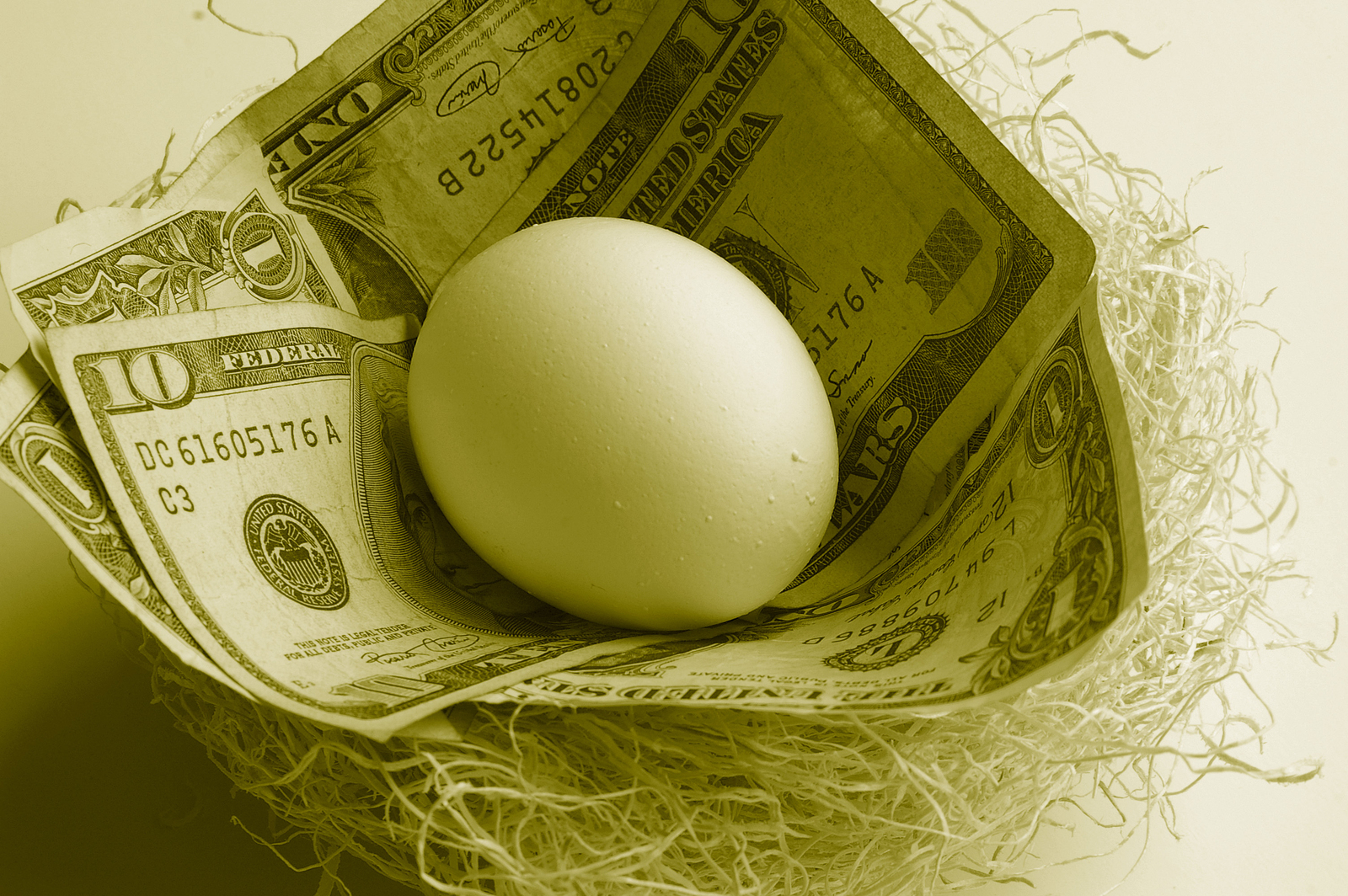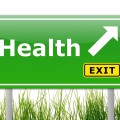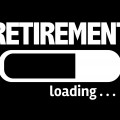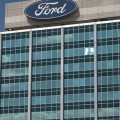 In a review conducted for U.S. News, the Employment Benefits Research Institute (EBRI) reported that 401(k) account holders who held on through the recession, had active 401(k) accounts in 2009 and have diligently continued to invest are now reaping the benefits.
In a review conducted for U.S. News, the Employment Benefits Research Institute (EBRI) reported that 401(k) account holders who held on through the recession, had active 401(k) accounts in 2009 and have diligently continued to invest are now reaping the benefits.
The average gain for these well-managed accounts between 2009 and the end of 2012 was 56 percent. Even year-on-year 401(k) balances showed strong results, increasing by as much as 80 percent for the most successful plans.
EBRI consulted its collection of around 23 million account holders to gather these figures. Participants with short-term plans lasting less than five years faired the best, with growth rates averaging 143 percent for those 25 to 34 years old. Longer plans up to nine years showed slower rates of growth, between 83 and 62 percent based on age groups, and rates continued to slow for 20- and 30-year plans.
While plan contributions made up a large portion of these gains in 401(k) balances, investment gains also played a key role. The 2010s have been a time of significant recovery for 401(k) plans – at least for the demographics who earned enough money to make consistent contributions. While this leaves out many in the lower income brackets and essentially all those who had to stop making contributions because of unemployment, the results are still promising for the future of retirement plans.
The report suggested, for example, that Generation X-ers would only need to contribute extra yearly rates of 0.3 to 0.5 percent of income to ensure adequate retirement funds.
Those with college degrees generally saw less of an impact on their 401(k) plans, because the unemployment rate among those with a college degree remained lower than that for the overall population during the recent recession. Remaining employed meant a chance to continue 401(k) contributions.
Retirement accounts are not the only segment to see strong signs of recovery. An early 2013 EBRI study also showed that health account balances were on the mend, recovering in 2011 and 2012 after losses in 2010. The average individual health account bounced back by 9 percent in 2011 and 4 percent 2012. Not only does this show that employees are proving more willing to invest in alternative options like health accounts, but also that employees feel they have enough control and freedom with their income to make customized benefit choices.
[cf]skyword_tracking_tag[/cf]






No Comment